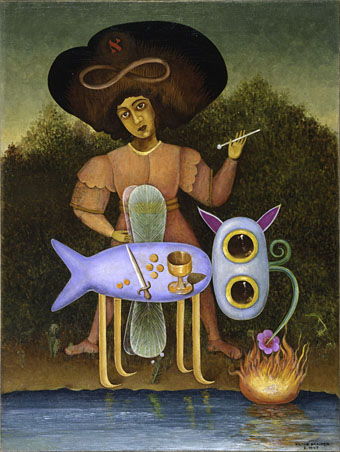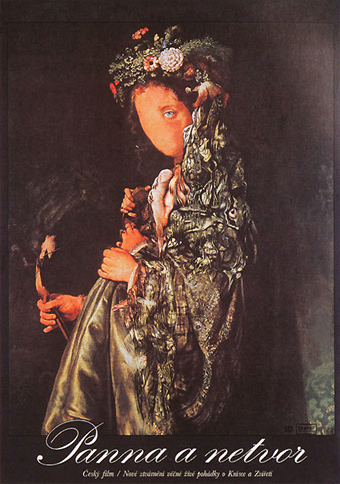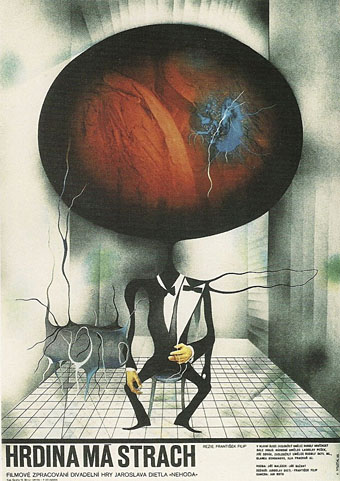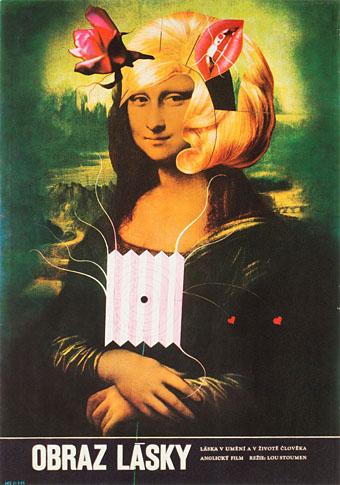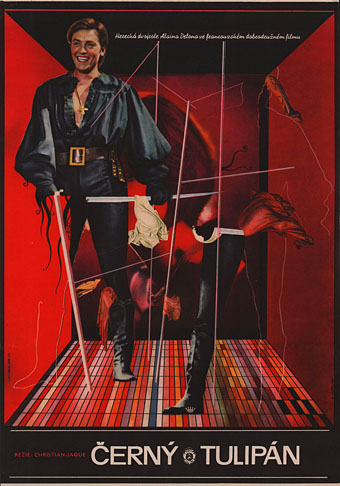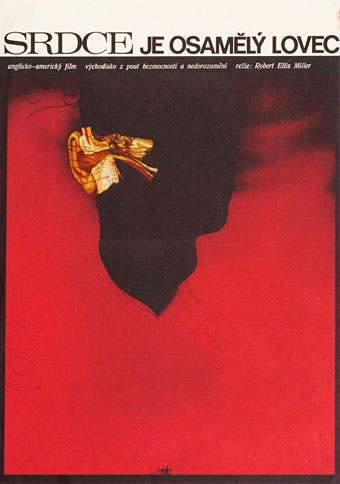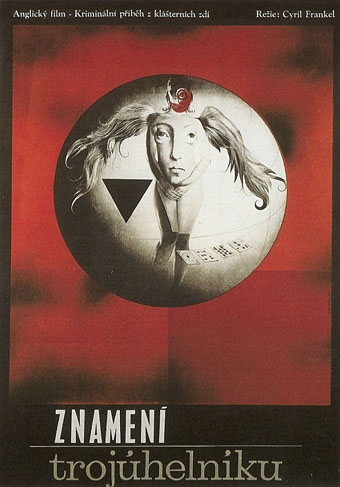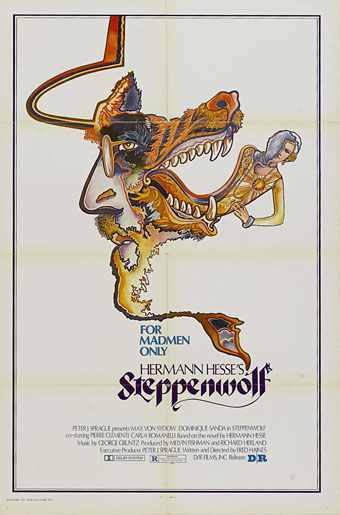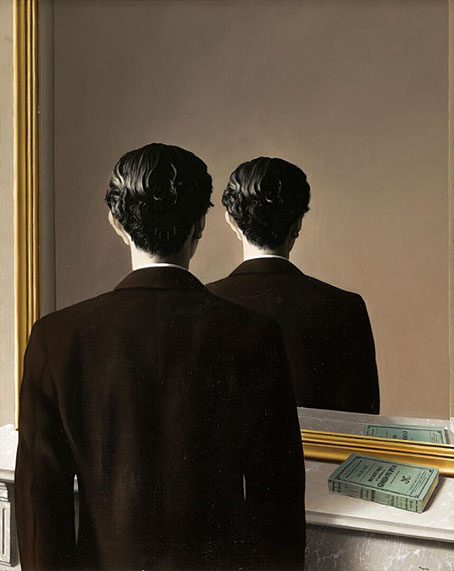
La Reproduction Interdite (1937) by René Magritte.
English translations of the title of Magritte’s painting vary, with Not to be Reproduced and Reproduction Prohibited being two of the most popular. I prefer Reproduction Forbidden, a title that sounds more serious, and with a use reinforced by Forbidden Games, the English title of a René Clement feature film, Jeux Interdits. Whatever the translation, this is one of Magritte’s most popular inventions, one that people like recreating.
The Flat (1968).

Jan Svankmajer’s short has more justification for copying the painting than some of the examples which follow. Svankmajer and Eva Svankmajerová were members of the long-running Prague Surrealist group, and The Flat is very much a Surrealist piece, with a man trapped inside a room where none of the mundane objects behave as he expects. In addition to the overt Magritte quote there’s an appearance by Svankmajer’s film-directing friend, Juraj Herz, as a bowler-hatted man carrying a chicken.
Sabotage (1975) by Black Sabbath.
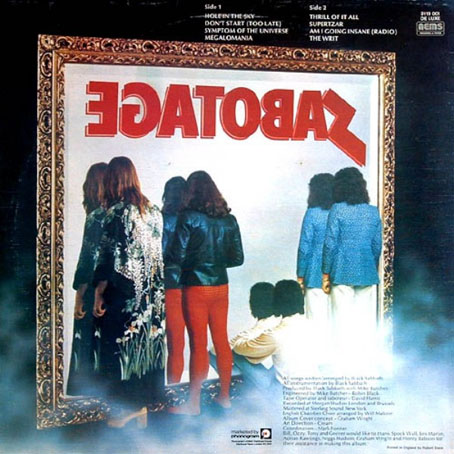
The front cover is the Magritte idea but with them all facing away from the mirror.
One Of The Boys (1977) by Roger Daltrey.
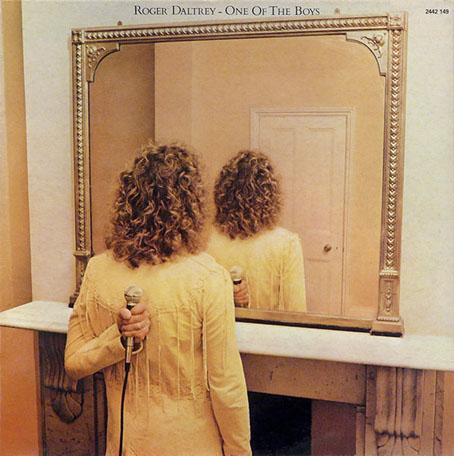
One of the things that makes Magritte’s original work so well is the blank space in the mirror which directs attention to the impossible reflection. I suspect that if design group Hipgnosis had been asked to imitate the painting they would have done something similar, avoiding the lacklustre effect achieved here by photographer Graham Hughes. Hipgnosis acknowledged their own debt to Magritte in the title of their first book, Walk Away René in 1978, and often constructed whole sets for photo shoots. Hughes tried another Magritte-like effect for the back cover of the Daltrey album but with diminished success.
Dolores Claiborne (1995).
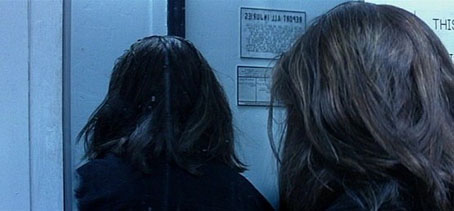
The following images are from films (and a TV series), two of which are coincidentally based on Stephen King stories. To date I’ve only seen Secret Window which isn’t one I’d recommend. Are there any more forbidden reproductions out there?
Secret Window (2004).

The Double (2013).

Us (2019).

Euphoria (2019).
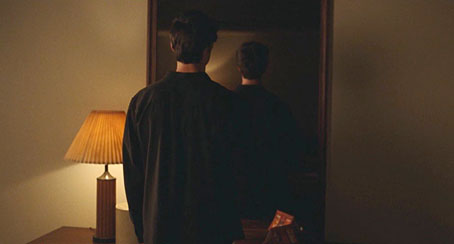
Update: Added Sabotage and Euphoria.
Elsewhere on { feuilleton }
• The Surrealism archive
Previously on { feuilleton }
• René Magritte, Cinéaste
• Magritte: The False Mirror
• Magritte, ou la lecon de chose
• René Magritte album covers
• Monsieur René Magritte, a film by Adrian Maben
• George Melly’s Memoirs of a Self-Confessed Surrealist
• The Secret Life of Edward James
• René Magritte by David Wheatley

